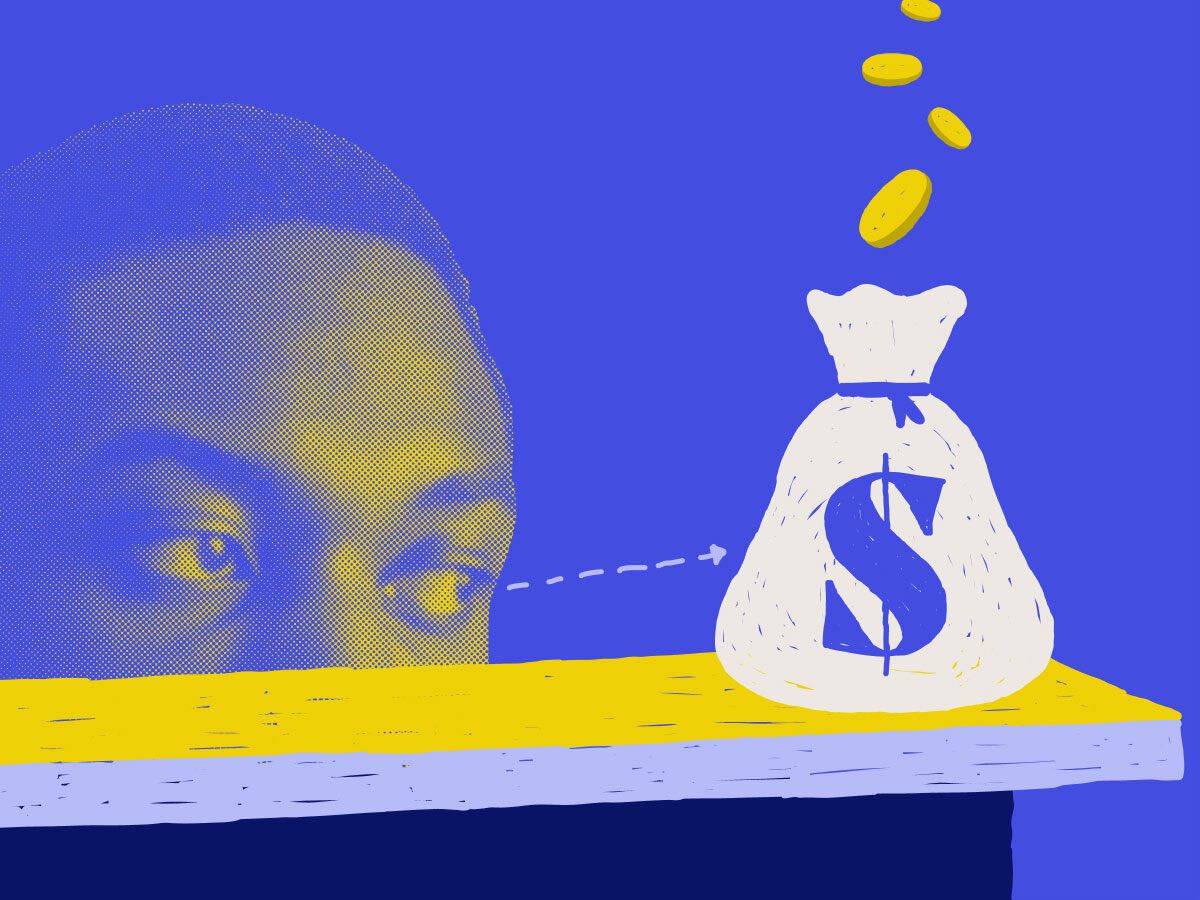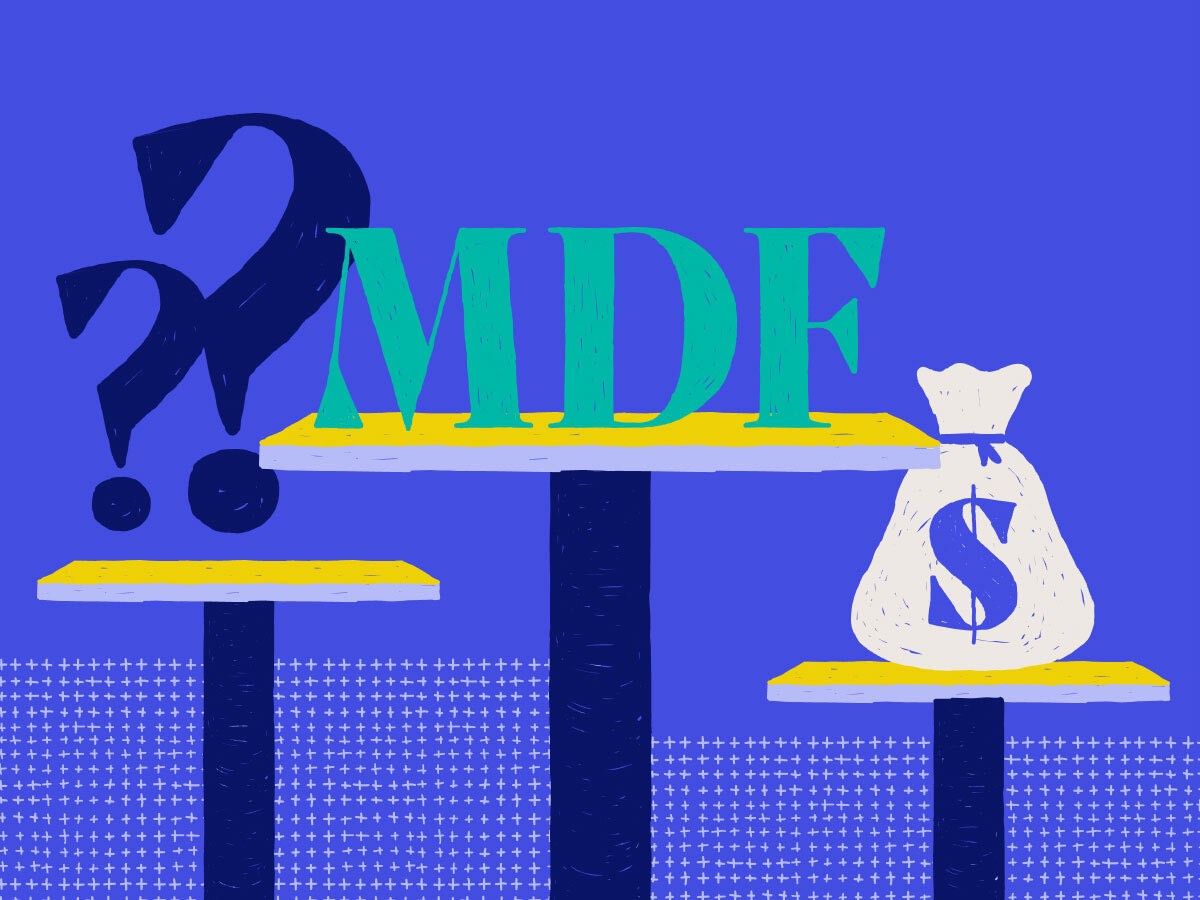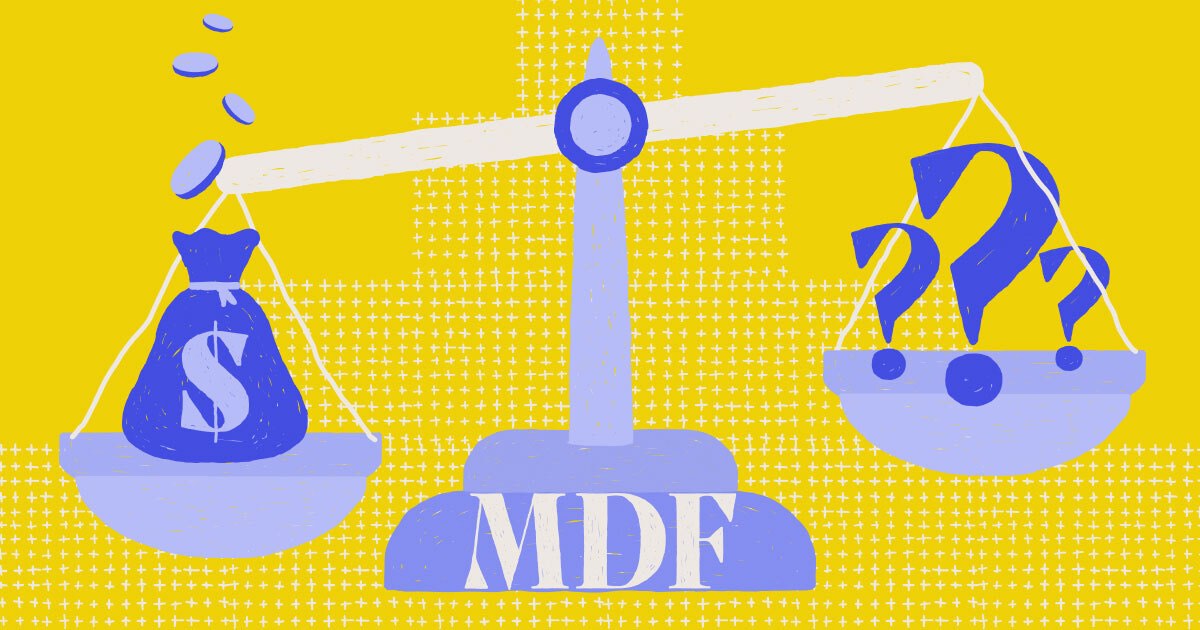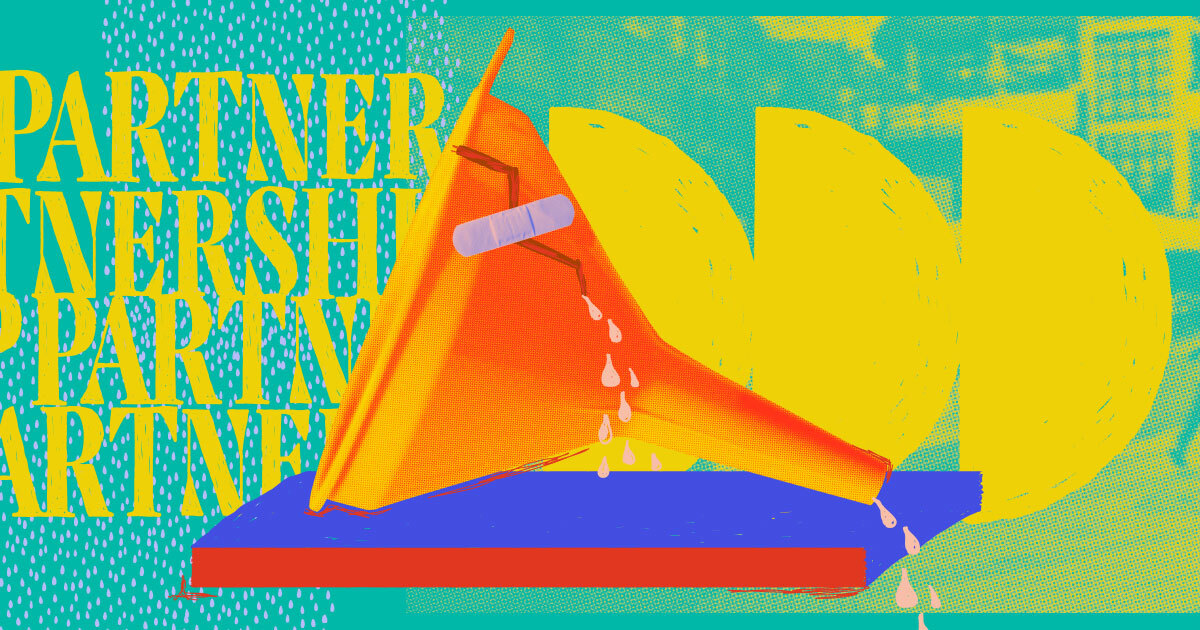If you’re unfamiliar with what marketing development funds (MDFs) are, there’s a good chance that your B2B SaaS company may be leaving some eligible funding on the table. Simply put, MDFs are (often) under-utilized dollars that can be put towards marketing campaigns and development programs. In this PartnerStack guide to marketing development funds, we’ll break down exactly what they are, why they’re beneficial, and how you can create or apply for MDF programs to drive more sales and increase revenue for B2B businesses.
What are marketing development funds (MDFs)?
Marketing development funds are sometimes referred to as market development funds and more commonly by the acronym MDF. MDFs are a category of funding initiatives that a vendor or distributor allocates for partners within their partnership ecosystem to finance mutually beneficial joint marketing activities that support future growth. In the B2B SaaS market specifically, MDFs are money set aside for channel partners to leverage in order to increase brand awareness and drive sales of their product through marketing campaigns or development programs.
What are some examples of MDF programs?
Marketing development funds can be used to finance several types of marketing activities, including:
- Lead generation: SEO/SEM campaigns, email campaigns, or social media marketing
- Content development: A podcast series, social media posts, website blogs, or video series
- Events: Webinars, trade shows, conferences, and trainings
How do MDF programs work?
MDF programs should strive to put the partner experience at their core, according to Channel Mechanics CEO Kenneth Fox. The programs that MDFs fund should be treated as an extension of the business, laddering up to the broader marketing and business objectives. An MDF program should be mutually beneficial to the vendor and the channel partner.
When creating a marketing development fund program, the vendor or distributor should:
- Define the funding structure: How will the funds be paid out? Some examples include through reimbursement and rebates, co-op funds, or marketing placements.
- Align on marketing goals: Both the vendor and partner should agree on goals that push both their businesses forward.
- Create a budget: What activities will be prioritized and when will the funds be distributed?
- Determine a qualification process for partner approval: Align on the marketing strategy, metrics, and goals that will determine how funds are allocated to different partners.
- Measure results and track ROI: Keep track of partner engagement and set up touchpoints to measure if the program is delivering results.
-
See more: Best practices in partnerships business that'll elevate your work.

How are marketing development funds allocated?
MDFs are typically allocated based on partner performance and revenue (read: the more a partner sells, the more opportunity they usually have to access marketing development funds). However, this structure provides very little incentive for new partners, so many channel managers (who manage the vendor’s or distributor’s relationship with its partners) are moving towards proposal based MDF programs, wherein all partners, regardless of revenue or tenure, can pitch for funds. This allows for more conversation between the channel manager and partners, allowing more (particularly new and smaller) partners to participate in the programs and allocate funding according to their strategic goals.
The amount of budget allocated depends on a number of considerations, like channel maturity, market presence, and other perks and incentives offered through the overall partner ecosystem (per “Guiding Principles for a Successful MDF Program”). In the same webinar, Michele Lee, who leads Channel Programs & Distribution Management at APAC, estimates that, in general, the budget allocation for marketing development fund programs should be two to six per cent of the total channel budget.
Vendors often struggle to determine the appropriate amount to budget towards MDF. When doing so, it’s important for the vendor or distributor to consider that every partner is unique and budgets will fluctuate based on that partner’s product, location, and their co-marketing value to the vendor or distributor. Forrester also reports that proving ROI for MDFs can be difficult, so it’s key for the vendor or distributor to set specific, measurable goals when setting up a program and for the channel partner to track progress.
What are the benefits of MDF programs?
MDF benefits for the channel partner
Marketing development funds are essentially free money that partners can take advantage of, so it’s not hard to see the benefits to the partner. These include:
- Increasing brand awareness
- Generating more leads
- Growing employees through investment in education
- Providing additional marketing support
- Investment in new tools or technology
MDF benefits for the vendor or distributor
MDFs also need to offer value to the vendor or distributor, or their distribution would be impossible to justify. Some of those benefits include:
- Building stronger partner relationships and loyalty
- Control over funding allocation
- The ability to leverage partner knowledge
- Growing smaller partners and investing in new programs
- Increasing the overall value of the partnership program and the channel managers
-
Read more: B2B affiliate marketing: Best ways to use affiliate links for your business.

How can a partner apply for an MDF program?
When applying for an MDF program, partners should ensure that their plans for any funds work towards their overall strategic objectives. This could be anything from increasing brand awareness or generating new business to investing in employee education.
- Consider expiration dates: Are you eligible for MDF funds that are expiring at the end of the fiscal year? Start there and tap into any funds that may soon expire. Remember, you don’t want to leave any marketing dollars on the table!
- Follow any formal guidelines: Ask your channel manager for guidelines and use them to craft your proposal. Your channel partner may have specific activities they’ve allocated funding for, or they may accept partner proposals.
- Create a thoughtful proposal: Outline any activities you’ll use the funding for. Remember to include metrics and show how these activities will be mutually beneficial for you and your partners and ladder up into overall marketing goals.
- Measure success: Track partner engagement and results so you can show the MDF’s ROI (and with successful results, apply for even more funding!).
With these marketing development fund best practices in mind, you're prepared to get the most out of your program funds.







.jpg)



